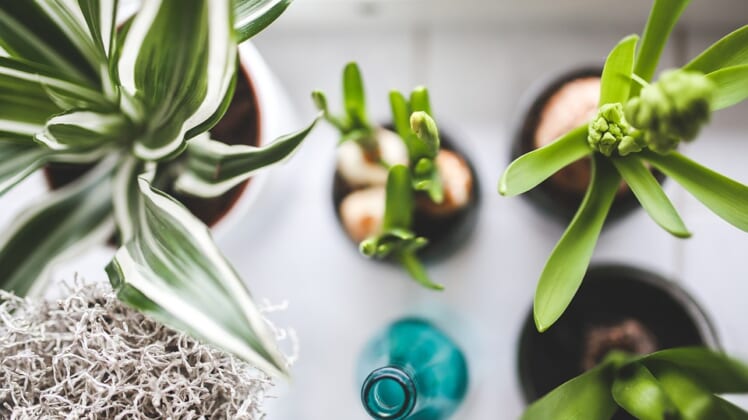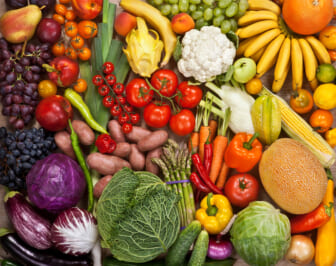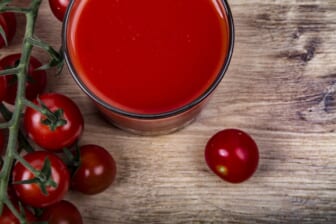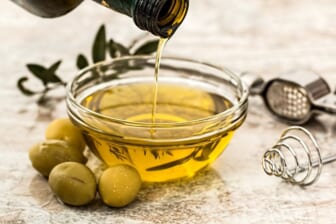
You might like to brighten up your home office or window sills with colorful flowers and hardy, inspiring greenery.
If you’re like most people, though, you might not always pay attention to which plants could pose dangers in your home.
It’s true that several common houseplants are indeed toxic to children and pets. So the next question you might ask yourself is: would you pay for beauty at any cost?
Before you decide, look at these harmful houseplants that are hiding something behind their pretty petals.
Stay Away from These.
1. Dumb Cane
This plant will make you speechless, and not necessarily in the way you’d like. Although dumb cane is beautiful with its wide leaves and yellow or cream splotches, you shouldn’t let it fool you. It got its nickname because it will literally inhibit your speech.
The plant has little needle-shaped crystals all over it called raphides. These raphides protect the plant from predators but are irritating for humans and animals.
If you get any of its sap inside your mouth, it can cause your tongue to swell, possibly blocking the way for breathing. While its beauty might be tempting, reach for another plant to protect your weaker (and no less sweet) family members.
If you do ingest some of the sap, you might experience intense burning, mouth pain, irritation of the surrounding mouth or lips, tongue swelling, excessive drooling in pets, gasping and difficulty breathing or swallowing.

The Best Diets for Feeding Your Brain
2. Oleander
Many houseplants are only poisonous in large doses, but oleander doesn’t make that list. People like using this flowering shrub both indoors and outdoors because of its colorful, funnel-shaped blooms and plant hardiness.
On the other hand, every part of an oleander plant is toxic to humans and pets. It’s so toxic, in fact, that even honey made from it can pose dangers. While you might take your chances with more mildly poisonous plants, this one’s not worth the wager.
Symptoms if ingested include skin rash, nausea/vomiting, diarrhea, irregular heartbeat, low blood pressure, fainting or general weakness, headache, dizziness, or drowsiness. If you or a loved one happens to consume this poisonous plant, you will need emergency medical attention.
3. Calla Lily
You might be surprised to know that plants with the name lily attached usually have some level of toxicity. Calla lilies make no exception, although this pretty Easter plant isn’t a true lily.
These flowers have dangerous calcium oxalates that make nearly every part toxic to humans and animals. Oxalates may also cause mouth burning, swelling, irritation, and difficulty swallowing.
4. Easter Lily
True to their siblings, Easter lilies are highly toxic, especially to cats. Cat owners, you simply do not want these around the house.
Easter lilies don’t miss the mark in beauty, though. Their lovely greenery and towering, often pure white trumpet bulbs will give your indoor garden a pleasant spring grandeur.
However, as said before, just one or two leaves can prove fatal to your feline friends. Specifically, the toxins in the plant can cause severe kidney damage and kidney failure in cats.
Symptoms for cats include decreased appetite, vomiting, diarrhea, lack of urination, lethargy or depression. In humans, worrisome symptoms include stomach pains, vomiting, diarrhea, blurred vision or weakness. In either case, you should get medical help for the victim immediately.

The Tastiest Way to Prevent Skin Cancer
5. Daffodils
These friendly flowers bring you the bright sunshine in flower form. Its yellow or white petals may brighten up any field, but it won’t agree with your stomach that well.
Why would anyone eat a daffodil? You might be wondering.
But many people have mistakenly used daffodil bulbs in place of onions, and the bulbs have the most concentrated amount of lycorine, a toxic chemical.
According to the National Capital Poison Center, the chemical doesn’t usually cause fatality unless it’s consumed in large amounts. Symptoms include the usual nausea, vomiting, stomach pain and diarrhea. More concerning symptoms might include low blood pressure and drowsiness in animals or throat pain and difficulty swallowing in humans.
Not-So Honorable Mentions
6. Philodendrons
This plant group is widely used as a houseplant for its pleasant deep green color and relatively low maintenance. It makes a nice touch to any bookshelf or table display.
However, philodendrons do contain nasty calcium oxalate, causing burning, mouth irritation, tongue swelling, vomiting, and diarrhea. Philodendrons will cause the most irritation in large quantities; so curious toddlers and pets are the most at risk.
7. English Ivy
Finally, many people love the beauty and versatility of English ivy in their homes. It makes a picturesque hanging basket of spilling greenery or adorning trellis of climbing leaves.
In large amounts, though, English ivy can cause stomach upset in small children and pets who don’t know better than to taste it. Symptoms include skin rash, burning, mouth or throat irritation, and fever.
Conclusion
While you can use most houseplants for decoration without fear, you should read up on the ones you’re looking to buy first. Several can be extremely or mildly toxic, especially to small bodies like children and pets.
Once you’ve done your research and steered clear of the first plants on this list, you can enjoy your indoor plants to the fullest——without worrying about any lurking dangers.

The Truth About Healthy Cooking Oils
